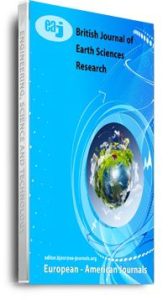Shaly sandstone reservoirs have complex pore systems with ultra-low to low interparticle permeability and low to moderate porosity. This has leaded to development of several models to calculate water saturation in shaly sandstone reservoirs using different approaches, assumptions and certain range of conditions for application. This study has used actual well logging data from two different fields of South Texas and North Sea to evaluate and compare the most popular five shaly sandstone models for calculating water saturation. Identification of shale distribution for selection of suitable model is also presented. Furthermore, sensitivity analysis of tortuosity coefficient (a), cementation exponent (m) and water saturation exponent (n) is achieved to investigate their effects on computed values of water saturations using different models.The results indicated that identification of shale distribution is necessary and improper utilization of shaly sandstone models results in drastically erroneous values of water saturation. Therefore, shale distribution in the South Texas field is identified to be mainly laminated with few of structural ones while distribution is dispersed in the North Sea field. The results also showed that the increase of shale volume decreases water saturation calculated for all popular models. In addition, the increase of tortuosity coefficient and/or cementation exponent (m) causes overestimation of water saturation while the increase of saturation exponent (n) results in an underestimation values. The application of the attained results of this study will have real improvement in selection and application of the appropriate shaly model. This provides more accuracy and real improvement in formation evaluation, reserve estimation, reservoir characterization, and consequently in reservoir simulation.
Keywords: Sensitivity Analysis, Shaly Reservoirs, Water Saturation, Well Logging Data

